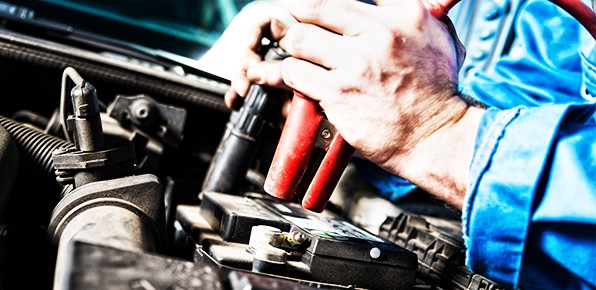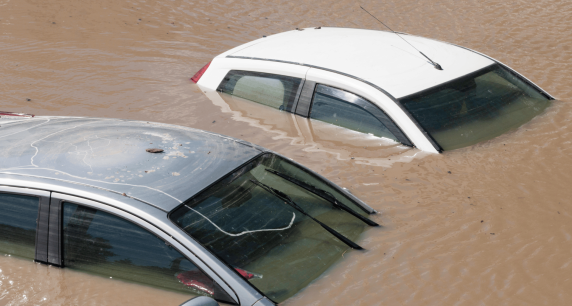Battery Troubleshooting Guide

Keep the power going
From commuting to work to dropping off the kids at school, you rely on your vehicle every day to get around town. Your car relies on its battery to help power it down the road, so nothing can ruin your day quite like a dead car battery.
If your car repeatedly doesn’t start, it’s time to get to the bottom of the issue rather than calling the tow truck again for a jump. You might be tempted to run out and buy a new battery, but are you sure that the battery is the problem? There are many reasons that you can experience battery failure besides a bad battery. Here are some steps you can take to troubleshoot your car battery problems.
Check your lights

From headlights to dome lights, your car has a variety of lights. If any are mistakenly left on, it can cause your battery to die. Something as simple as a door not being completely shut could trigger a light to stay on all night, draining your battery. After parking your vehicle, make sure all of the lights turn off. Some lights are designed to stay on for a few seconds after exiting or turning off the vehicle, so be patient.
Inspect battery connections

Corroded or loose battery connections can cause your battery to fail. Check the battery, looking closely at the battery terminals, cables and connectors. First, make sure the cables are securely connected. If you discover loose cables, you likely have found the source of your problem.
Next, look for corrosion that can appear as white, green or blue blooms. If there is corrosion, it can prevent the starter from drawing energy from the battery. You can clean corrosion from the cables and connectors with a mixture of baking soda and water. Use a wire brush to clean the corrosion.
Look for parasitic drain

Between factory-installed systems to external gadgets you plug in, you demand a lot of energy from your battery. If one of these systems or devices doesn’t shut down properly, it can drain your battery overnight.
Start by unplugging external devices like GPS units and cell phone chargers to see if that is the source of the problem. Another culprit could be a glove box or trunk light that is staying lit. Feel the bulb to see if it’s hot. Non-factory stereos and car alarms can also contribute to battery drain. If you are still having problems, your mechanic can trace the source of parasitic drain.
Examine water level

If you have a conventional unsealed lead acid battery, check the acid level. Low water level can reduce the battery’s power, which can result in failure. Fill the battery with distilled water if necessary. Use caution when removing and replacing the caps.
Test the voltage

To get a good sense if your battery is the cause of your issues, test the voltage using a multi-meter. Put the black multi-meter lead on the negative battery cable and the red lead on the positive cable. If the reading is 12.45 volts or greater, your battery has a good charge.
If your battery is low, don’t throw in the towel just yet. Fully charge the battery and have a load test done to determine if it will hold a charge. Many mechanics and auto parts stores will test your battery for free. The results of this test will tell you if you need a new battery or if you need to keep looking if your starting problems persist.
Still having issues?

If you are still experiencing problems with your vehicle, it’s time to consult your trusted mechanic. From a faulty starter to a bad alternator, there are a range of possibilities of where the problem lies. Armed with the information you give them, your mechanic will have a head start on diagnosing and fixing your vehicle.



